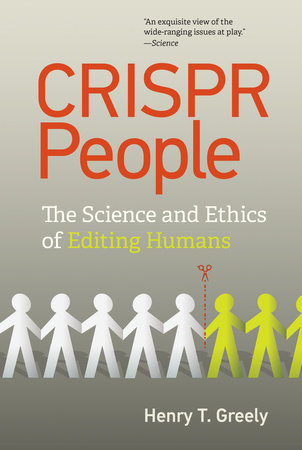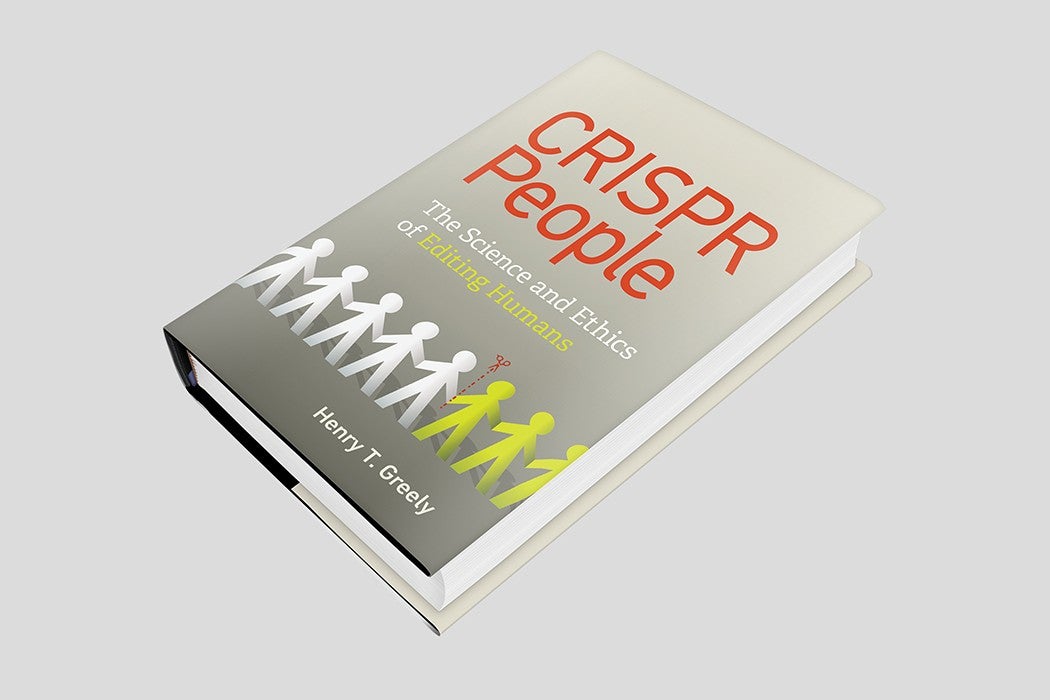Introduction ix
Part I: Background 1
1 Just What Did He Jiankui Do? 3
2 Human Germline Genome Editing— What Is It? 23
3 CRISPR— What Is It, Why Is It Important, and Who Will Benefit
from It? 33
4 Ethics Discussions of CRISPR’d Babies before He 49
5 The Law of CRISPR’d Babies before He 75
Part II: The Revelation and Its Aftermath 89
6 The He Experiment Revealed 91
7 The World Reacts— And So Does China 109
8 Who Knew What When? Revelations of Pre- Summit
Knowledge 121
Part III: Assessing and Responding to the He Experiment 145
9 Assessing the He Experiment 147
10 Responses 173
Part IV: Human Germline Genome Editing Generally— Now
What? 201
11 Is Human Germline Genome Editing Inherently Bad? 203
12 Could Human Germline Genome Editing Sometimes
Be Bad? 217
13 Just How Useful Is Human Germline Genome Editing? 225
14 How to Test Human Germline Genome Editing 247
15 The Big Decisions— And How to Make Them 269
Conclusion 293
Acknowledgments 295
Notes 299
Index 371



